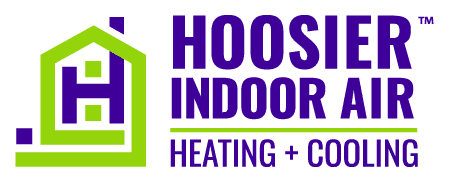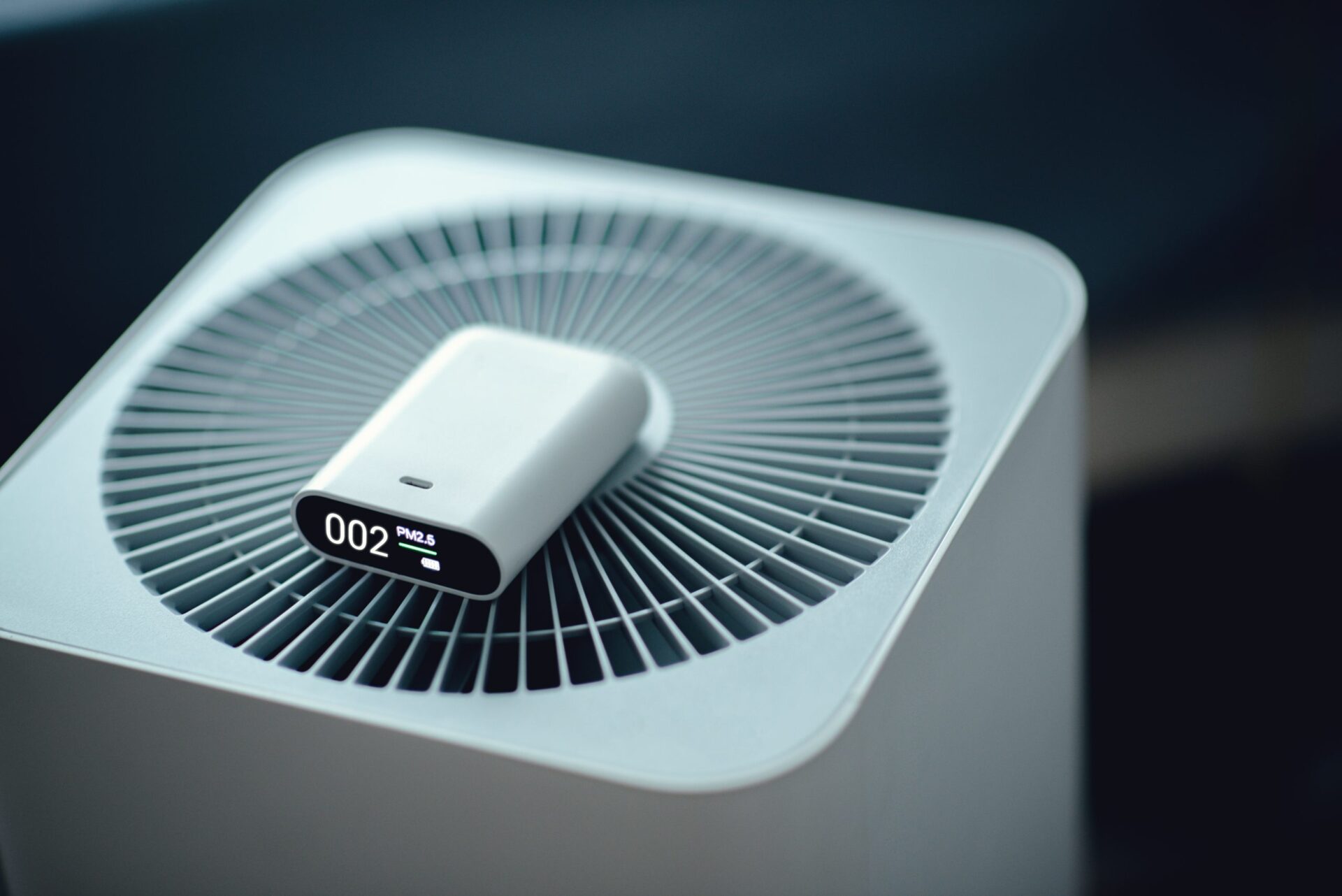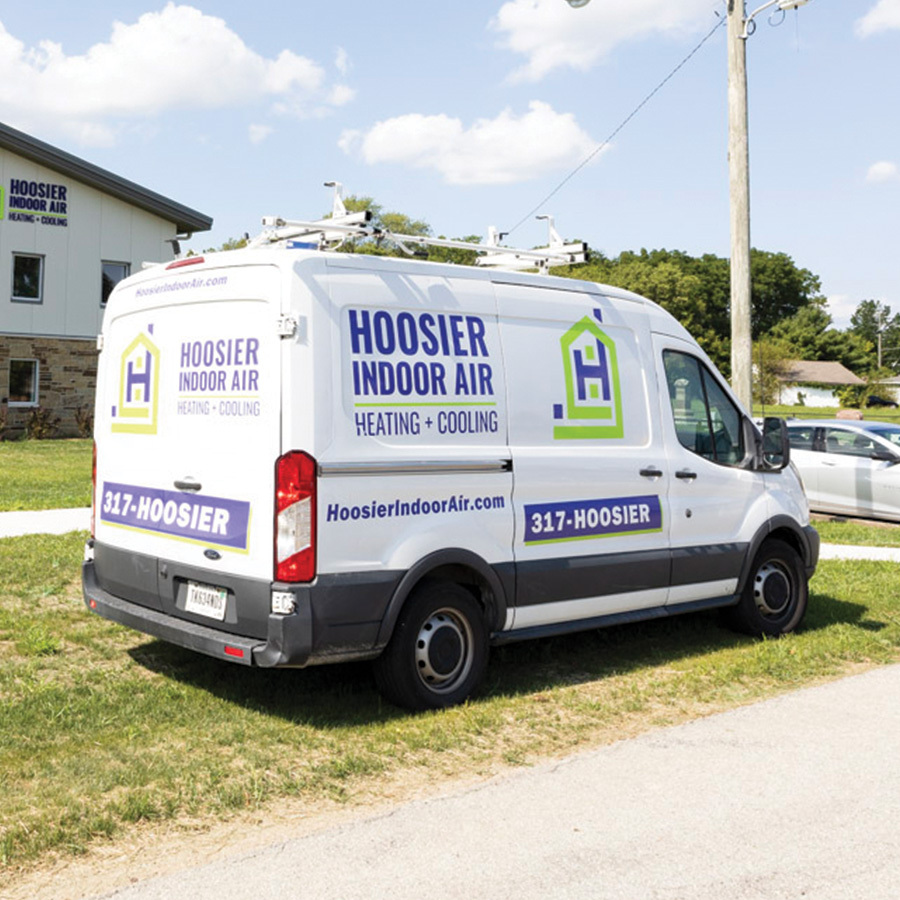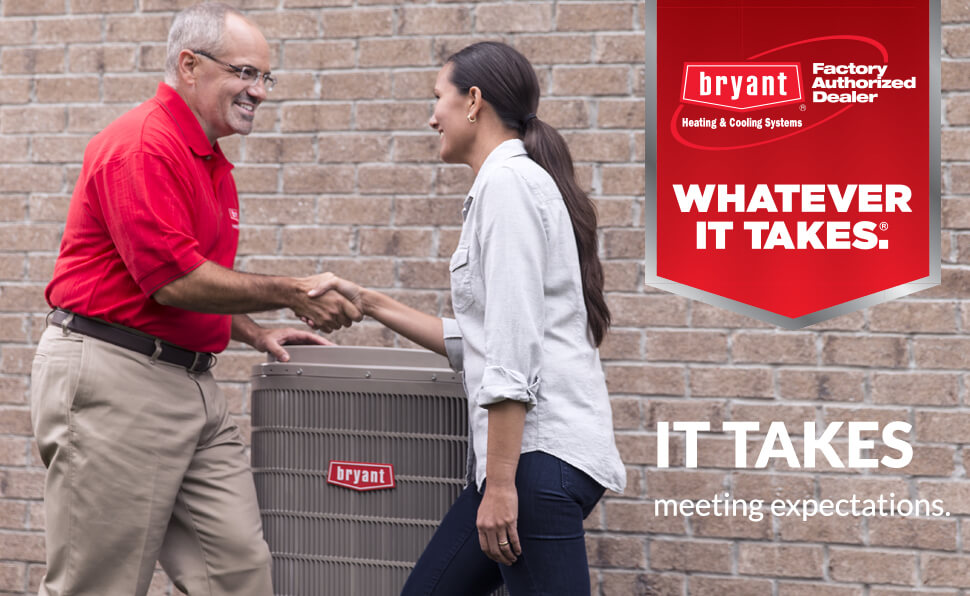Just because you can’t see it doesn’t mean that it isn’t there. Welcome to the invisible and important world of indoor air quality!
Indoor air quality is a very overlooked aspect of health and wellness.
You’re more likely to clean your floors and other surfaces because you can see the dust, dirt, and grime on them.
However, you probably don’t think about “cleaning” your air often (if at all), because you can’t see what makes it dirty.
What does make your indoor air dirty? The answer is indoor air pollution.
Your risk of having indoor air pollution depends on where you live. A lot of factors affect indoor air quality, and these can vary greatly by state, county, or even by town.
If you are aware of the factors that affect your risk levels, you can accurately estimate how much indoor air pollution affects your home. However, if you ever want a professional to check it out and take care of it for you, that’s never a bad idea.
If you want to do it yourself, here’s a beginner’s guide to indoor air pollution and how you can manage it!
Symptoms of Indoor Air Pollution
As we said before, you can’t see indoor air pollution. The only way to tell if it’s a problem is to be aware of some specific symptoms you experience when it’s present.
Pay attention to your health during the seasons. If there’s smog outside or you’re hearing about air quality weather warnings while experiencing these symptoms, it’s likely they’re connected.
If you’re experiencing these symptoms and there AREN’T air quality warnings or similar external factors present, you may have indoor air pollution from mold growth in your home, which you need to address ASAP.
Here’s what to look out for.
- Worsening Asthma
If you’re someone who deals with asthma, you’re probably very aware of your symptoms and notice when they get worse. Indoor air pollution will definitely make these symptoms worse.
- Headaches and Nausea
Headaches and nausea out of nowhere are a cause for concern. They may be caused by indoor air pollution, especially if they’re repetitive and occur when you’ve been indoors for a while.
- Shortness of breath
This dangerous symptom is an obvious sign of indoor air pollution. If you notice it happening in the same indoor environment repeatedly, you need to contact a professional ASAP.
- Eye, Skin, Nose and Throat Irritations
These symptoms are very similar to those present with allergies or common illnesses. However, if you experience them repeatedly indoors but it’s not allergy season and you’re not sick, you likely have an indoor air quality problem.
- Memory Loss, Fatigue, Dizziness
Symptoms like these are very concerning and mean that your indoor air pollution problem is serious. If you experience memory loss, fatigue, and dizziness in the same indoor environment when other allergens or known pollutants aren’t present, you need to have your space checked by a professional as soon as possible.
How to Manage and Prevent Indoor Air Pollution
Prevent Mold Growth
Mold is a common and pesky cause of indoor air pollution.
Mold grows in moist environments and releases tiny cell particles called spores, which can enter your respiratory system and cause serious illness.
How do you prevent mold from growing in your home? Control humidity levels by using dehumidifiers!
Dehumidifiers are devices that control moisture levels in your home’s air. They work by drawing in warm air using a fan, which is then cooled by refrigerated coils. The process results in condensation, which is contained inside the machine.
They remove excess moisture in the air and are especially useful during the humid months of summer, where indoor mold growth conditions are most favorable.
If you have a lot of moisture in your home, then it’s wise to invest in a dehumidifier, it will help you stay comfortable and will definitely assist with preventing mold growth.
Products that Help Keep Your Air Clean and Safe
Air Purifiers and Electronic Air Cleaners
HVAC systems are equipped with air filters, but not necessarily air purifiers.
Air purifiers provide a higher level of defense against airborne particles that are associated with indoor air pollution.
In addition to filtering your home’s air of dirt, dust, dander, and debris, many air purifiers are also capable of capturing and removing harmful germs and bacteria from the air. This means they’ll help protect your indoor air quality on more than one front!
Electronic air cleaners are more sophisticated air purification systems that are used to help manage your home’s indoor air quality and aggressively target indoor air pollutants.
These use electrically charged filters that attract oppositely charged air particles like a magnet, causing more effective removal of virus-causing bacteria, dirt, and debris from the air.
They’re super effective and cost-effective. Many electronic air cleaners are equipped with reusable filters that you can wash, so you won’t have to spend money on brand new filters every couple of months.
Electrostatic Air Cleaners
Similar to standard electronic air cleaners, electrostatic air cleaners use static electricity to attract, collect, and neutralize airborne particles.
Electrostatic air cleaners are unique because they don’t have a filter that you need to change or clean. Instead, they use internal filtration systems that can be cleaned out quickly and easily every few months. This will save you time and effort over time!
Ultraviolet Light Air Purifiers
Ultraviolet (UV) light air purifiers are one of the most effective air filtration methods for eliminating airborne particles containing germs, bacteria, mold, and mildew from your home’s air circulation.
Instead of simply collecting airborne particles in a filter like with other methods of air purification, UV light air purifiers actually destroy the microorganisms that cause issues in the first place.
These devices quite literally clean your air, helping to rid it of contaminants at the source.
UV light air purifiers are very effective at what they do, without producing unsafe levels of UV light. They’re a great investment!
Hoosier Indoor Air Can Help!
As we mentioned, indoor air quality and indoor air pollution are affected by a number of factors. These factors are specific to your home’s location, age, weather conditions, and other things.
It’s important to know the symptoms of air pollution so you can know when you have a problem, and it’s helpful to know what products are out there to help you manage it.
If you’re thinking about all this indoor air quality management information and are getting overwhelmed, we’ll take care of you!
Hoosier Indoor Air has been serving the Indianapolis area since 1974. We’ll use our decades of expertise and service to help protect you and your family from indoor air pollution.
We offer an excellent line of Bryant air quality products, and we’ll install them for you, too.
To help you stay proactive with your indoor air management, we even offer a Comfort Guard™ HVAC maintenance plan!
This service includes more than just routine maintenance and checkups. It also offers discounts and perks for heating and cooling repair services—and more—for just $18 per month!
Our certified HVAC technicians are standing by and equipped to handle any type of indoor air quality problem in your home. To schedule an appointment or learn more about how we can serve you, call 317-466-7437 or book a visit online.
